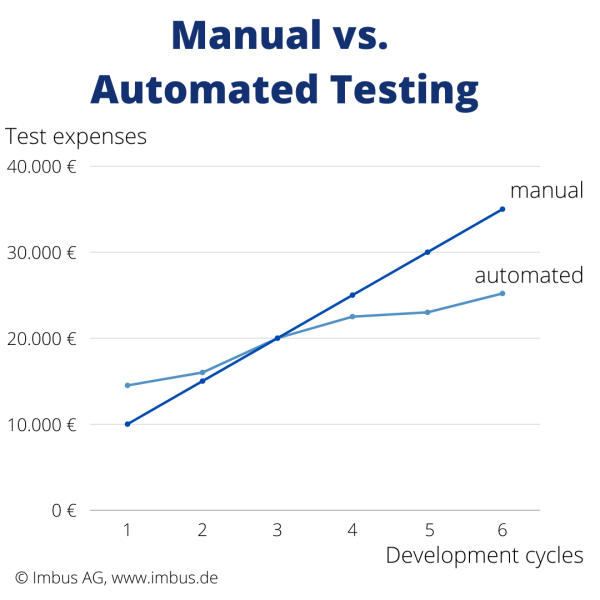In today’s highly competitive automotive industry, efficiency and production speed are no longer advantages—they are basic requirements. Quality Control (QC) laboratories play a crucial role in maintaining component quality, yet many labs still rely heavily on manual work, separate data entries, and slow reporting systems.
Lab automation offers a concrete solution to improve efficiency, consistency, and response time to quality issues. However, before making a major investment, management must consider one important question: is the ROI (Return on Investment) worth it?
This blog provides a simple, practical guide to calculating the ROI of lab automation investments, especially in the context of automotive manufacturing.
What Is Lab Automation?
Lab automation involves using integrated systems (such as LIMS, middleware, robotics, and AI software) to replace manual processes like:
-
Manually recording test results from instruments into Excel
-
Manually creating COA reports
-
Scheduling tests and tracking sample status
-
Reconciling data across different systems
The goal is to eliminate bottlenecks, reduce human error, and speed up quality decision-making.
Investment Components
Before calculating ROI, it’s important to understand the cost elements involved. These usually include:
Software Costs
Includes LIMS, middleware/instrument connectors, dashboard systems.
Additional Hardware
Such as barcode scanners, operator tablets, digital scales, or on-premise servers.
Integration & Implementation Costs
Covers system configuration, staff training, and instrument integration.
Ongoing Operational Costs
Includes maintenance, annual licenses, and support services.
Savings & Benefit Components
So, where does the return come from? These are the key benefits that can be quantified:
Operator & Analyst Time Efficiency
Automation can save 2–4 work hours per day from manual input, copy-paste, and report generation.
Reduced Data Entry Errors
Fewer retests or report revisions due to human error.
Faster Product Release Times
Lab data becomes available more quickly for production approval.
Improved Compliance and Audit Readiness
All activities are logged, reducing risks during ISO/TS/IATF audits.
Increased Testing Capacity Without Hiring
Test volumes can increase without needing to hire more staff.
Simple ROI Formula
ROI can be calculated with the formula:
ROI (%) = (Total Annual Benefit – Total Investment Cost) ÷ Total Investment Cost × 100%
Example Case:
-
Total system investment cost: Rp 250 million
-
Annual savings and efficiency: Rp 180 million
-
Indirect benefits (faster release, audit compliance): Rp 70 million
ROI = (Rp 250 million – Rp 250 million) ÷ Rp 250 million × 100% = 0% in the first year (break-even)
Year 2 and beyond: ROI = Rp 180–250 million/year ? 72%–100% annual ROI
Strategies to Maximize ROI
Start with the Slowest Process
Identify bottlenecks—typically test result entry, sample tracking, or report printing.
Integrate the Most Used Instruments
Focus on instruments that generate the most data (e.g., OES, CMM, FTIR, scales).
Use Historical Data
Compare average manual vs automated processing times to support ROI calculations.
Implement Gradually
Start with one area or production line, then scale up.
Conclusion
Lab automation is not just a technology investment—it’s an investment in productivity, quality assurance, and business agility. The ROI of lab automation is real, as long as the approach is systematic and measurable.
Management should view automation not as a cost, but as a long-term efficiency lever. With the right strategy, the lab no longer becomes a bottleneck, but a strategic strength in modern automotive production systems.

